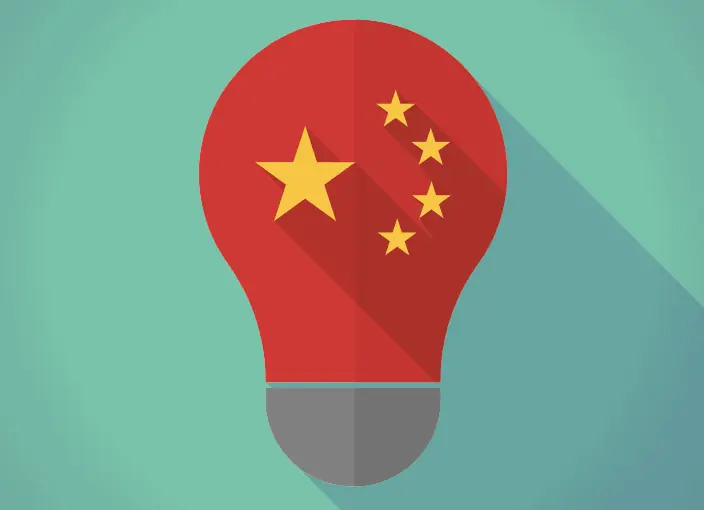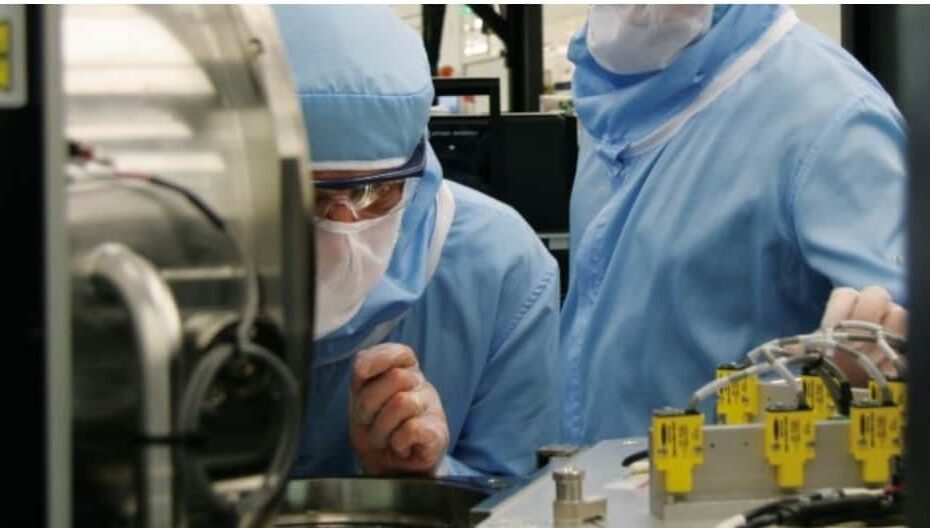TSMC in the Running for European Chips Act Funding
Taiwan Semiconductor Manufacturing Co. (TSMC) is engaged in intense negotiations with the EU to build a fab in Europe, according to European industry sources.
The development places TSMC solidly back in the running for European Chips Act (ECA) funding.
Read More »TSMC in the Running for European Chips Act Funding









